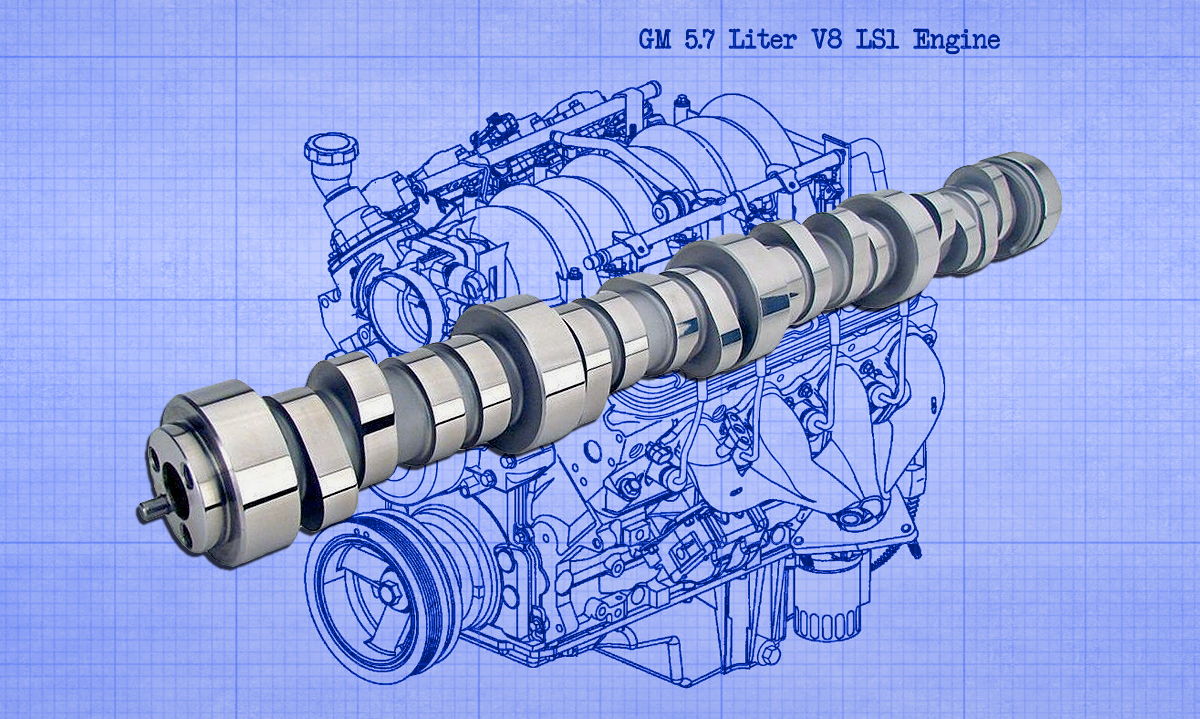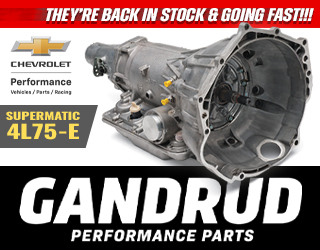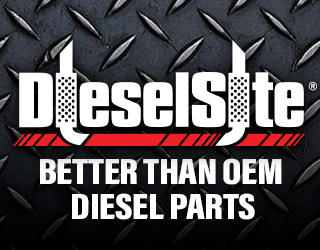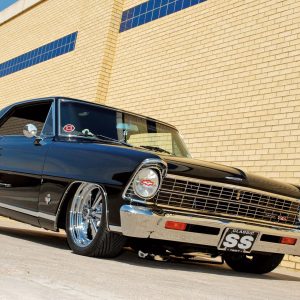Hot Rods

As enthusiasts, when we build our cars, we tend to stuff as much tire under those cars as possible. This is especially important for rear tires that hook the car to the ground while improving its stance. For those interested in drag-racing their cars, you will need to accommodate larger rear tires or slicks. The current hot trend is the 10.5-inch slick, which seems to work well on many applications, but depending on the make and model of your car, it may require modifications to enlarge the rear wheel openings to accommodate the larger rubber.

For the hot rodder who demands usability and performance, Smeding Performance’s 408” LS3 engines are designed to take your project to the next level. These aren’t your typical cookie-cutter kits—they’re full-fledged, turnkey engine packages built to drop into your classic chassis and turn it into a road-ready rocket. Whether you’re chasing street-friendly power or show-stopping performance, Smeding has you covered with engines dialed in for hot rod perfection.

“It looks like a Chevelle, but what’s up with that grille? Why does this Chevelle have a Pontiac dash in it? Where did you get the special side trim?” These are questions often heard by muscle car enthusiast Nick Hedgecoth, shortly after pulling his ’64 Acadian Beaumont into position at a car show or cruise-in. This mixture of components puzzles many enthusiasts, but it makes for a great-looking car that will always get attention because of its unique styling.

This is an easy-to-apply product that was designed to prevent dulling and oxidation of aluminum, retaining the polished brightness and luster.

“If these four walls could only talk, what great stories they could tell” is an old adage that is certainly apropos from a historical perspective. In the context that we Americans have an ongoing love affair with the automobile, it could also be said that if a classic car could only talk, it could tell some pretty great stories as well!”

Like old hot rods, muscle cars are getting hard to find, so as our hobby grows, different alternatives and varied approaches keep it fresh. We’ve witnessed a change in style of many of the cars being built today. No matter what the future holds, you can bet that a Mopar enthusiast will insist on having a Hemi—or another fine Mopar powerplant under the hood—whether it’s the original-style Hemi or the new, modern Hemi that’s become popular.

We were talking to Devin Meucci when the topic came up about how difficult it is to find a ’69 Dodge Charger in Southern California, because most were gobbled up by the studio when “The Dukes of Hazzard” show was on television. I also mentioned that two of my friends were in charge of the transportation department of the show when the cars were being scrapped out, and described how they made the 383 and 440 engines available to members of my car club. Meucci said he and his brother watched the show religiously, and that’s when their love for Chargers began. Fortunately, in Washington state, Chargers were plentiful, so, in 1990 his brother bought a matching-numbers ’69 RT/SE. Two years later, Meucci purchased his own Charger and drove it in high school during his senior year, and to college after that.

When it comes to adding power to your small-block Chevy, the camshaft is an integral part of the performance equation. Luckily for owners of Chevy’s latest iteration (Gen III) of the famous small block, the modern fuel-injected LS1 responds just as well to camshaft upgrades as the LT1s, L79s and L48s of old. Naturally, cam technology has come a long way since the days of the Duntov 30-30 profile. The improvements in cam technology are important, as the new LS1 is head and shoulders above any of the old ’60s and ’70s muscle-car small blocks, regardless of the advertised power ratings.

There are lots of cool story threads woven into the history of this ’57 Thunderbird, purchased new 50 years ago by W.T. Romine of Indianapolis. You see, Romine’s young son, Paul, was bitten by the hot-rodding bug and tried to convince his dad to hop up the T-bird. The elder Romine steadfastly rebuffed his son’s attempts to bolt on a McCulloch blower and other aftermarket parts for the respected Y-block Ford.

Spraying flake isn’t a black art; it’s simply a slightly different medium. It’s no tougher to spray than anything else, although you do have to be meticulous, pay attention to the details and resist the urge to rush. Plus, unless you have a spray booth, it doesn’t matter how well you seal off your chosen spraying area: This stuff will escape and get everywhere.








